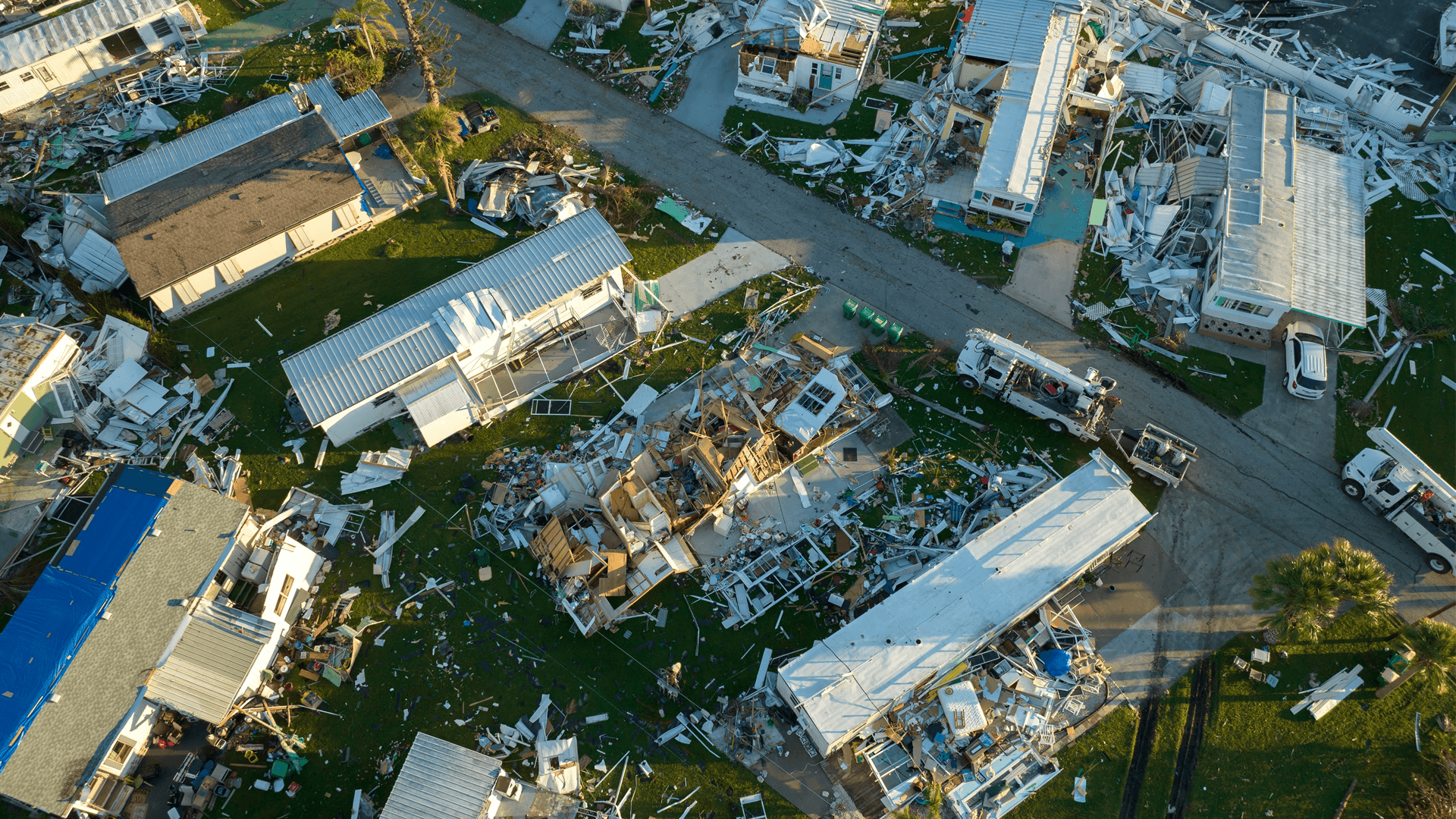With a network of more than 300 local emergency managers, the Oklahoma Department of Emergency Management serves as a central hub for reporting emergencies and coordinating statewide response efforts. Real-time information is key to efficient coordination with partners and deployment of resources during emergency situations.
About Oklahoma Department of Emergency Management:
- Created in 1951 as the Department of Civil Defense
- Located in Oklahoma City, OK
- Serves as Oklahoma’s liaison with federal and local agencies on emergencies
During a recent Dataminr webinar, Zak Legarda, Technology Solutions Manager at the Oklahoma Department of Emergency Management (OEM), discussed how Dataminr First Alert helps his organization detect early indicators of crises and ensure long-term resilience in communities.
Watch On-demand Webinar: Strategies to Enhance Crisis Response
Reduction in Response Time
In April 2024, Oklahoma experienced a severe weather outbreak with multiple devastating tornadoes, which caused widespread destruction and significant challenges for local communities and response agencies. First Alert captured reports from local news and images from social media, in addition to information from OEM’s National Weather Service partners—in real time—alerting the OEM to heavily impacted areas.
First Alert offered “immediate consolidated visibility into the on-the-ground-impacts,” granting the team a much clearer understanding of the situation as it was unfolding. The “one-stop shop” for information led to faster response times and better coordination.
“Dataminr’s real-time insight supported the State Emergency Operations Center in making fast and well-informed decisions, including the timely deployment of our assessment teams and early coordination with our federal partners,” said Legarda.
Optimization for Efficiency
With a massive influx of information from a wide range of sources during the tornadoes, Legarda used First Alert to prioritize key information. First Alert’s dashboard layout, designed for efficiency, offered a structured approach to organizing the incoming real-time information.
“Dataminr’s dashboard layout allows us to transform what could be an overwhelming flow of information into recognizable patterns, empowering our leadership to make informed decisions faster—be it deploying assessment teams, prioritizing the resource distribution, or initiating coordination with our partners,” said Legarda.
Utilizing the unique design of the First Alert dashboard, such as geographic visualizations, urgent alert notifications, and regional highlights, Legarda’s team is able to efficiently sort and highlight critical data tied to key lifeline areas like safety, security, transportation, health and medical, communications, and energy. Identifying the geographic areas with the most pressing need helps focus attention and action where it’s most needed as quickly as possible.
Improved Situational Awareness
Prior to adopting First Alert, OEM experienced information silos among its teams, which posed challenges in emergency response coordination. As such, OEM looked to Dataminr to enhance the overall department’s situational awareness and ensure information symmetry.
Dataminr helps enhance the day-to-day situational awareness for OEM, providing real-time information even during no-notice events, such as a pipeline explosion in rural Oklahoma, that might not be reported immediately. First Alert can highlight the responder feeds and help the OEM stay ahead of expanding incidents, even if they don’t rise to the level of activating the state emergency operations center.
Long-Term Community Resilience
First Alert enables OEM’s emergency managers to respond to emerging risks on an “accelerated timeline,” communicate more quickly with partners, and allocate resources more efficiently.
It’s worth noting that First Alert goes beyond emergency response. While it enhances the OEM’s ability to respond quickly in crises, it also plays a crucial role in supporting long-term risk mitigation efforts across the state of Oklahoma.
“Dataminr’s real-time information provides far more than the immediate incident awareness. They’re a foundational element in building long-term resilience within our communities,” said Legarda.
Dataminr recognizes patterns, enabling emergency teams to see potential vulnerabilities, strengthen mitigation strategies and reduce the overall impact of disasters. Eventually, real-time data “becomes a catalyst for smarter, faster, and more resilient long-term recovery,” according to Legarda.

Dataminr First Alert
See how Dataminr First Alert enables public sector agencies and organizations to stay ahead of risks and respond to crises faster, helping them safeguard their communities and infrastructure more effectively.
Request Demo



